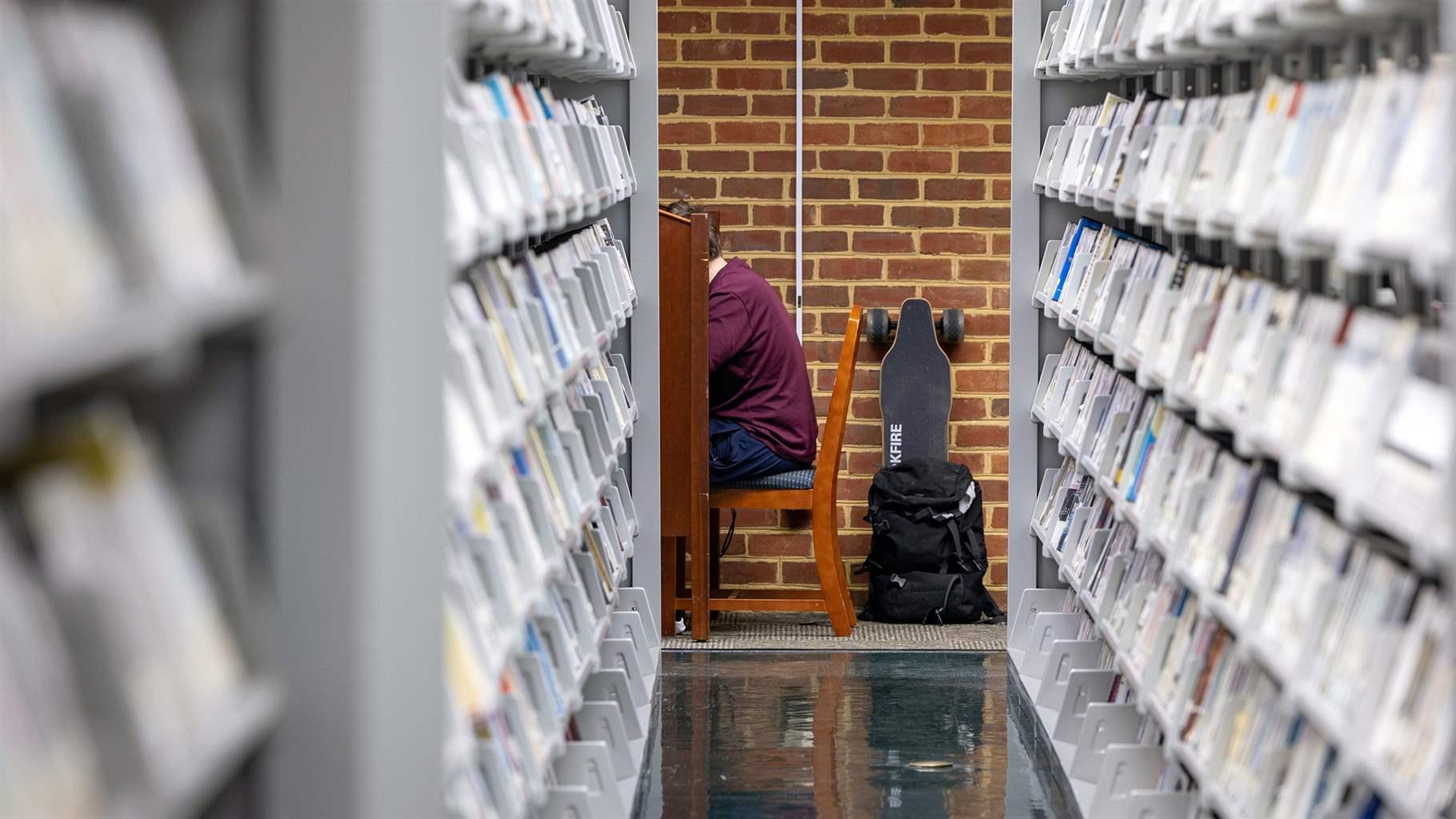October Restart of Federal Student Loan Payments Could Hurt State Economies
As payments resume, declines in personal spending may reverberate in tax collections

With the federal government lifting in October its over three-year pause on requiring student loan payments, state economies could take a hit. The approximately 43 million Americans with student loans will have less money to spend. Prior to the pandemic, monthly student loan payments averaged $236 a month.
The end of the pause on payments may reverberate in both household and state budgets, with state tax revenues potentially dropping as individuals adjust. States that generate a large share of their overall revenue from sales taxes may face particular challenges as a result of shifting spending patterns. However, the economic impact of the student loan repayment restart may be mitigated by updated repayment options that make monthly payments more affordable for borrowers.
One way to gauge the size of potential impacts—and to compare the maximum possible burden each state may face—is by looking at outstanding student loans as a share of total state personal income. State personal income sums up all the money that residents receive from work, certain investments, income from owning a business and property, and benefits from employers or the government. (Total state personal income also includes government assistance, but those amounts were excluded.) When residents use some of this money for loan repayment instead of spending it on goods and services, those decisions will be reflected in tax collections and in the overall economy.
The median state’s outstanding federal student loan burden is equivalent to 8.5% of total personal income, with shares ranging from 4.9% in Wyoming to 16.1% in Mississippi.
Source: Pew calculations of Bureau of Economic Analysis, Federal Student Aid, and U.S. Census Bureau data
In Mississippi, the average federal student loan borrower owes just over $37,000—approximately $4,000 more than the nationwide median of $33,500—and the state’s total burden is almost double the national median as a share of personal income. In addition to Mississippi, 12 states and the District of Columbia have loan burdens of more than 10% of state personal income, with southern states representing 10 of the 14.
Western states had the three lowest ratios: Wyoming, at 4.9%; Washington (5.6%); and California (5.8%). Only six states have total federal student loan burdens that clock in at less than 6% of their state personal income; the other three are Alaska (5.8%), North Dakota (5.8%), and Utah (5.9%).
What the resumption of federal student loan repayments will mean for each state will be shaped by a host of factors, including the share of the population with loans, typical loan size, and repayment rates. States should consider conducting their own analysis to better understand the potential impacts. A June 2023 report published by Pennsylvania’s Independent Fiscal Office, for example, analyzed a wide range of economic factors and estimated drops in annual sales and use tax, corporate net income tax, and personal income tax collections expected from the resumption of federal student loan payments.
And, as noted above, new repayment options rolling out with the restart of student loan payments could soften the economic blow to states. For example, borrowers will have a new repayment option this fall, known as the Saving on a Valuable Education (SAVE) plan, to help them manage their student loans. SAVE is one of several income-driven repayment (IDR) plans, which link borrowers’ monthly payments to their annual income. IDR plans often result in lower monthly payments and a reduced risk of delinquency and default.
One analysis of credit bureau data found that borrowers’ average monthly payment the quarter after enrolling in an income-driven plan was $97—less than half of the nationwide pre-pandemic average. Approximately 9 million student loan borrowers, with a cumulative student loan debt of more than $500 billion, are currently enrolled in IDR plans. These more affordable monthly student loan payments can both help student loan borrowers to manage the return to repayment and may ultimately lessen the scope of the impact on states.
Page Forrest is a senior associate with The Pew Charitable Trusts’ state fiscal policy project and Spencer Orenstein is an officer with Pew’s student loan initiative.













